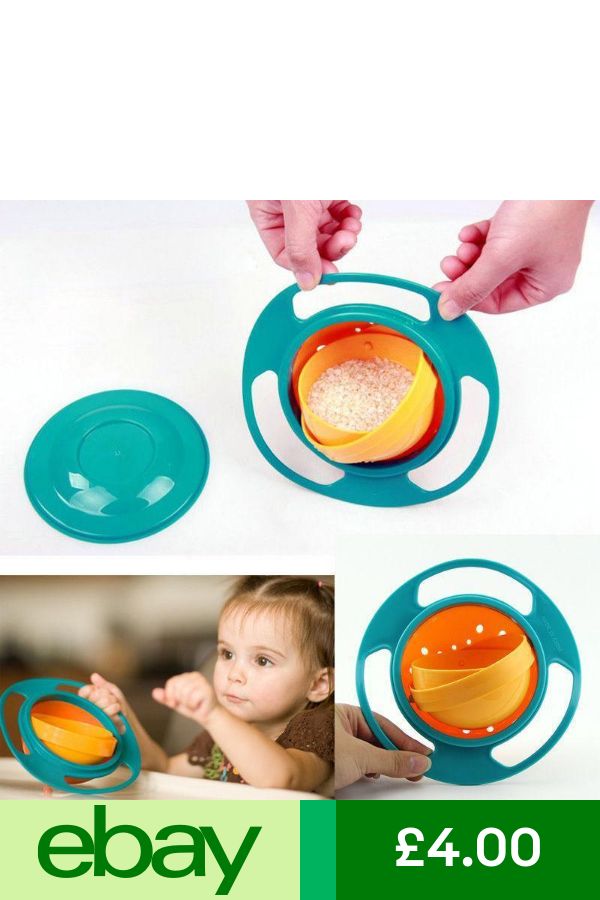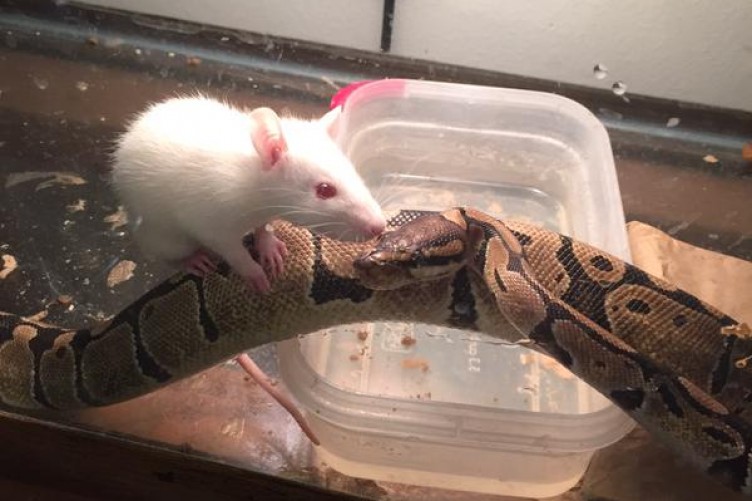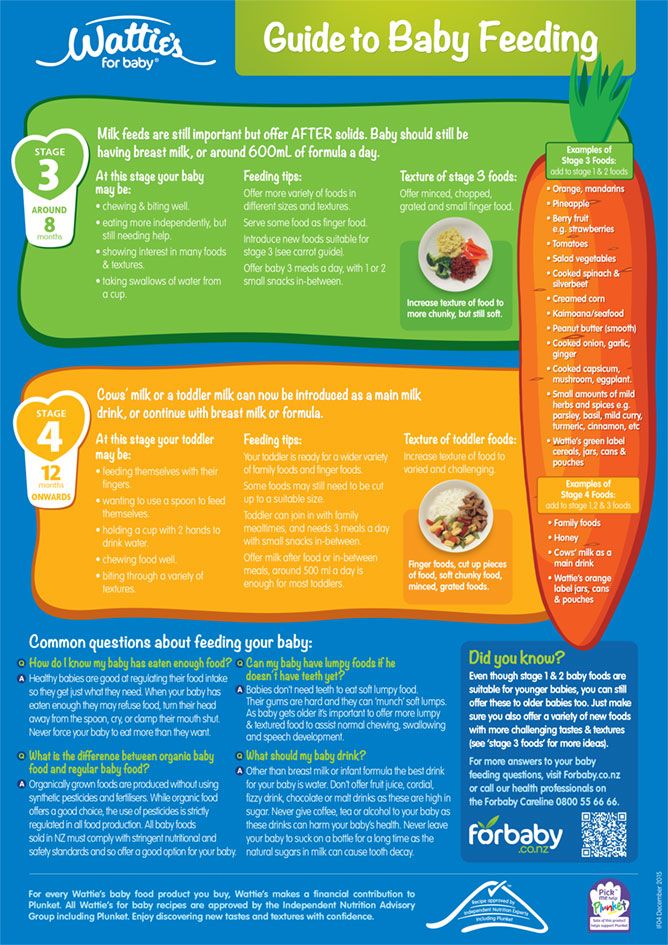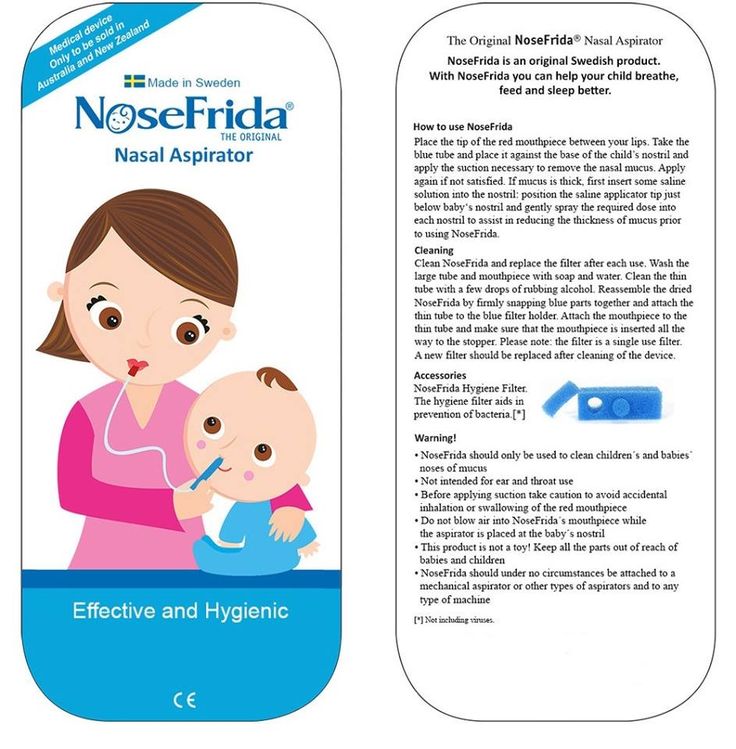Baby slept through feeding
Sleepy Baby – Why And What To Do
Nobody likes to disturb a sleeping baby, but sometimes a baby can be too sleepy for their own good. At times like this they may need you to take action.
Your newborn baby needs to nurse actively for one or both breast at each feed. Offer the second breast after they seem to have finished at the first, although they may not want both sides at every feed.
What makes a baby sleepy?
Recovering from birth: In the first few days, some babies are sleepy or uninterested in feeding. It’s especially true for small babies, after a difficult labour or birth, or if you received drugs for pain relief during labour.
Jaundice or an infection may make a baby sleepy. Newborn jaundice is normal but frequent breastfeeding helps prevent it becoming a problem.
Not enough milk: Your baby may sleep to conserve energy if they are not getting enough food. They may also sleep longer that is good for them if they are apart from you.
Is my baby too sleepy?
To gain weight and stimulate your milk production, expect your newborn to:
- Breastfeed effectively at least 8–12 times in 24 hours
- Feed actively from one or both breasts at each feed, swallowing regularly.
- Nurse at least every 2–3 hours from the start of one feed to the next, with one longer sleep of 4–5 hours.
- Have periods where they breastfeed on and off for several hours, usually in the evening.
- Gain weight from day 4 and regain birth weight by about two weeks.
Look at our page Beginning Breastfeeding for more information. If your baby is too sleepy to do all these things they may need your active help to ensure they are nursing effectively and getting enough milk.
Is my baby getting enough milk?
A baby may lose up to 7% of their birth weight during the first few days. From around day 3-4, expect them to start gaining, and to regain their birth weight by 10-14 days. Many breastfed babies gain around 200-235g (7-8oz) as week for the first 2-3 months.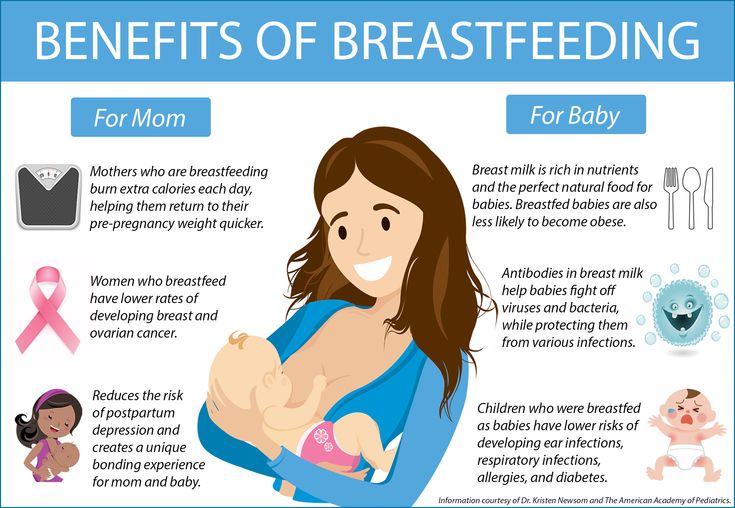 If you baby consistently gains less, or they haven’t regained their birthweight by 14 days, seek skilled help to assess whether they are getting enough milk. What comes out is a sign of what has gone in, so counting dirty nappies can be a useful guide between weighing sessions. For more information to help you know if your baby is getting enough milk in the first few days, you could read our article here about signs of effective feeding in the early days. And then after the first few days, this article will help you decide if your baby is getting enough milk.
If you baby consistently gains less, or they haven’t regained their birthweight by 14 days, seek skilled help to assess whether they are getting enough milk. What comes out is a sign of what has gone in, so counting dirty nappies can be a useful guide between weighing sessions. For more information to help you know if your baby is getting enough milk in the first few days, you could read our article here about signs of effective feeding in the early days. And then after the first few days, this article will help you decide if your baby is getting enough milk.
| Age | Dirty nappies per 24 hours |
|---|---|
| 1-2 Day | 1 or 2 greenish-black tarry meconium poos |
| 3-5 days | At least 3 green transitional poos |
| 5+ days | At least 3-5 yellow, loose unformed poos the size of a 2p coin or larger |
Remind your baby to nurse
If your baby is too sleepy or groggy to rouse themselves every few hours, you will need to wake them to feed to ensure they get enough milk. This will be easier if your baby is in a light sleep cycle: watch for rapid eye movements under their closed eyelids, arm and leg movements, sucking activity and changes in their facial expression.
This will be easier if your baby is in a light sleep cycle: watch for rapid eye movements under their closed eyelids, arm and leg movements, sucking activity and changes in their facial expression.
- Aim for your baby to feed at least 10 times in 24 hours, including at least once at night
- Encourage active nursing on the first breast, watching and listening for signs of swallowing.
- Use breast compression (see below) to keep your baby nursing actively.
- Offer the other side in the same way. You can switch back and forth several times if it helps your baby stay awake and feed.
- Encourage cluster nursing whenever your baby is more alert.
- Give expressed milk if they aren’t feeding well.
- Keep them close by—day and night—so they don’t sleep too long and you don’t miss their feeding cues.
Also try
- Dimming the lights and keeping your surroundings quiet and peaceful.
- Keeping the room temperature at around 18°C or undressing your baby a little if the room is warm.
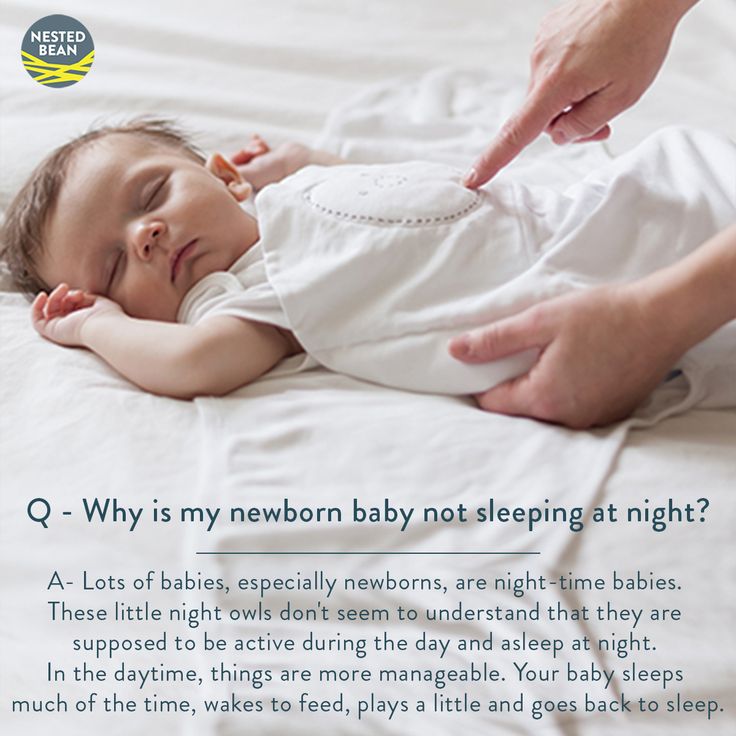 Being too hot can make a baby sleepy.
Being too hot can make a baby sleepy. - Unwrapping any blankets.
Newborn feeding cues
Signs of interest in feeding include:
- Mouth movements; smacking or licking his lips
- Sucking on lips, tongue, hands, fingers, toes, toys or clothing
- Rooting, head bobbing or nuzzling against whoever is holding them
- Fidgting and squirming a lot
- Fussing
- Crying – a late sign of hunger.
Do offer feed generously. A newborn won’t find it easy to feed well, if they have to wait and reached late hunger signs.
Helping your sleepy baby
Positioning and attachment
Getting a deep, comfortable latch is crucial. If your baby is not latched on well at the breast, they will have to work harder to get your milk. They may tire easily and fall asleep. Sometimes just a small adjustment to the way your baby comes to the breast can make a huge difference. An LLL Leader can provide individual suggestions tailored to your circumstances. If your breasts are engorged, gently hand express a little milk and/or ease swelling back with your fingertips to make it easier for your baby to latch on deeply and prevent you getting sore. See our longer article about Positioning and Attachment for more help on how to help your baby latch well, feed effectively and be comfortable for you.
If your breasts are engorged, gently hand express a little milk and/or ease swelling back with your fingertips to make it easier for your baby to latch on deeply and prevent you getting sore. See our longer article about Positioning and Attachment for more help on how to help your baby latch well, feed effectively and be comfortable for you.
Copyright Suzanne Tobin
Seek skilled help early on if you are finding breastfeeding difficult or uncomfortable.
Laid back breastfeeding
Try letting your baby lie on your body with their chest and tummy against you as you recline at about 45 degrees. If they can snuggle up close to your chest for periods of time, even when sleepy or during light sleep, they will often instinctively seek the breast and attach deeply and comfotably even during light sleep. This can be done skin-to-skin or with you and your baby lightly clothed. Watch for signs your baby is stirring and gently encourage feeding. Spending time relaxing like this can make a real difference to how well your baby feeds and how much milk you make. Our page on Comfortable Breastfeeding has more ideas.
Spending time relaxing like this can make a real difference to how well your baby feeds and how much milk you make. Our page on Comfortable Breastfeeding has more ideas.
Breast compression
If your baby starts to doze at the breast, this technique will help him breastfeed actively and take more milk.
- Cup your breast with your hand, near your chest wall, thumb opposite fingers in a C shape. Keep your hand well back from the nipple area.
- Wait while your baby breastfeeds actively, with their jaw moving all the way to his ear. When they stop swallowing, compress your breast firmly. They probably start swallowing again. Hold it squeezed until they stop nursing actively, then release your hand.
- Rotate your hand around your breast and repeat step 2 on different areas of the breast as needed. Go gently—this should not hurt.
Try switching breasts at least two or three times during each feed—when your baby comes off the first breast on their own or when breast compression no longer keeps them breastfeeding actively.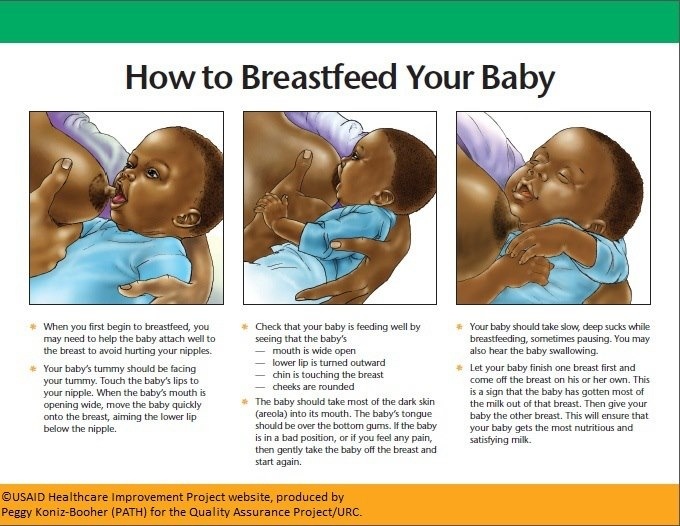
Express milk for your baby
Until your baby gets the hang of feeding you may need to do some work for your baby. If they aren’t latching at all, or is not feeding well and gaining weight, then expressing your milk will help establish milk production. The earlier you start, the sooner you’ll produce plenty of milk. Hand expression is often easiest at first but when your milk comes in combining hand expression with pumping can be most effective.
Giving expressed milk
First, encourage your baby to nurse at both breasts. Watch for swallowing and use breast compression an switch nursing until they stop drinking and start to doze.
Next, give your baby expressed milk until they have had enough. (For more on how to give additional milk, our article here). Giving your baby your expressed milk after breastfeeding can help them overcome sleepiness and feed more effectively next time.
Then, once your baby has settled, express from both breasts switching back and forth and using compressions and hand expression to get the available milk. Store this milk in the fridge ready for the next feed.
Store this milk in the fridge ready for the next feed.
Aim to complete this process within about an hour.
Avoid bottles and dummies
You can give small amounts of expressed milk using a spoon, flexible feeding cup or syringe. If you decid to use bottles for larger amounts, you can give the bottle in a way that helps protect breastfeeding. For more information on ways to give your baby milk and bottles see our article on Bottles and other tools. An alternative is to use a nursing supplement: this acts like a straw to deliver extra milk through a tube along your breast as your baby nurses, avoiding the need for bottles. Our article Nursing Supplementers explains more.
Don’t give up too soon
If your baby doesn’t respond quickly to your efforts to get him to breastfeed more often and more effectively, don’t give up. Keep your baby fed, Keep your supply protected and Keep your baby close. You may find our article on Getting breastfeeding back on track after a tricky start helpful. Check with your doctor to eliminate any medical reasons and contact your local LLL Leader to find one-to-one breastfeeding help. You can find support and encouragement from breastfeeding mothers in your local LLL Group too.
Check with your doctor to eliminate any medical reasons and contact your local LLL Leader to find one-to-one breastfeeding help. You can find support and encouragement from breastfeeding mothers in your local LLL Group too.
Written by mothers of LLLGB. Photos courtesy of Ellen Mateer and Suzanne Tobin.
Further Reading
Comfortable Breastfeeding
Positioning and attachment
Engorged Breasts – Avoiding & Treating
Hand Expression of Breastmilk
Is my baby getting enough milk?
My Baby Needs More Milk
Nursing supplementers
Jaundice in Healthy Newborns
Getting back on track after a tricky start – the Three Keeps
My baby won’t breastfeed
Bottles and other tools
Other websites
Biological Nurturing™: www.biologicalnurturing.com/video/bn3clip.html
Natural Breastfeeding Position video, Nancy Mohrbacher:
Benefits of skin-to-skin contact: www.kangaroomothercare.com
Books
The Womanly Art Of Breastfeeding. LLLI, London: Pinter & Martin, 2010
LLLI, London: Pinter & Martin, 2010
This information is available to buy in printed form from our shop.
Copyright LLLGB 2020
Updated June 2022
Signs of effective feeding in the early days
Most babies are keen to feed in the first 90 minutes after they are born especially if they are in skin-to-skin contact with their mum.
If your baby is too sleepy to take this first feed or needs medical attention, it’s a good idea to ask your healthcare team to show you how to hand express and give the colostrum by teaspoon or syringe. He may sleep for a few hours after this first feed – feel free to cuddle him and wake him if you want to feed. He may feed four to five more times in the first 24 hours.
After that first 24 hours we know that babies who are getting adequate amounts of milk will wake to feed at least eight times over a 24-hour period (10 to 12 times being more likely) so it is valuable to keep an eye on numbers and offer feeds even if the baby does not seem to be actively asking.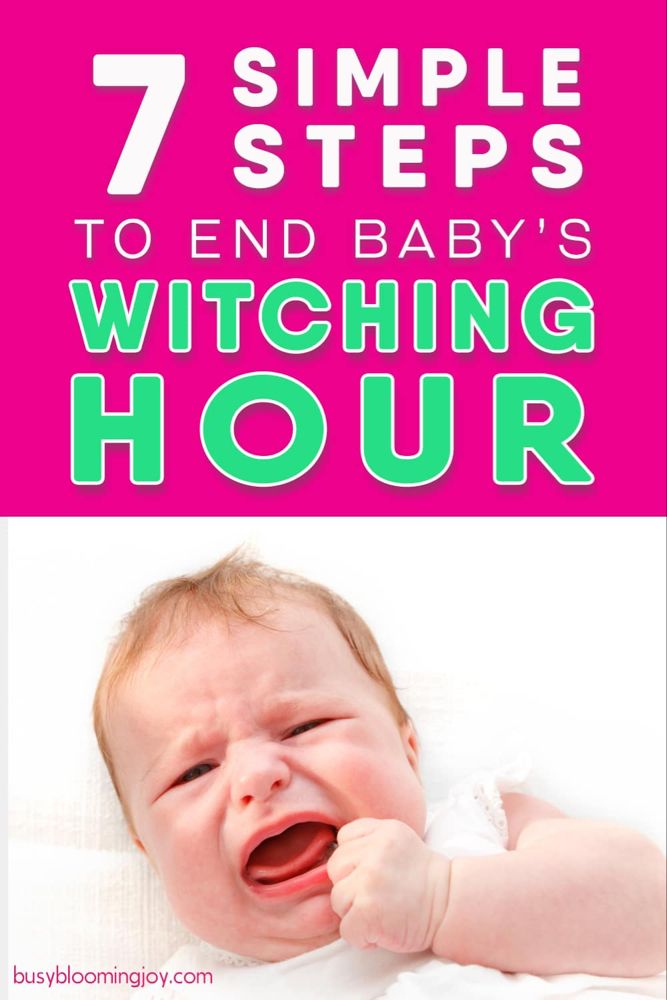
Babies need to feed frequently; this encourages your milk to increase in volume. Once your milk is coming in, after about 48 hours or so, you may hear your baby swallowing. You may also notice that your breasts feel fuller and that after your baby has fed they soften a little.
Babies who are excessively sleepy, reluctant to wake or who only wake briefly and suckle for very short times will need some extra milk, and your colostrum is best. Learn how to hand express and give your expressed colostrum frequently, until your baby is waking, keen to latch and is doing active sucking and swallowing, with pauses.
Your baby will be content and satisfied after most feeds and will come off the breast on his own. A period of cluster feeding each day (or night) is common. When a baby is cluster feeding he may be very keen to breastfeed a lot and not want to settle to sleep for three or four hours.
However, if you feel he is never really satisfied after feeds, trust your instincts: some expressed milk might help. Seek help with positioning and attachment so that your baby can learn to extract milk efficiently himself.
Seek help with positioning and attachment so that your baby can learn to extract milk efficiently himself.
You can get support from LLL here.
These videos may help with positioning and attachment:
https://www.youtube.com/watch?v=wjt-Ashodw8
https://vimeo.com/11692547
There are more videos along with images and descriptions in our post: Positioning & Attachment
Keeping an eye on his nappies can help you know if he is getting enough milk
Poos
At first poo is sticky, black, and almost tar like. This will become greenish, less sticky, and wipe off your baby’s skin easier! By day three/four you will notice the poo change colour to mustard yellow, and it will be soft and seedy. Two or more of these poos every 24 hours are a sign your baby is getting enough milk in the early days. After three full days (72 hours) your baby should produce at least three poos per day.
By five to six weeks your baby will develop his own pattern and may go days without a poo. Providing he is gaining weight ok, poos are no longer as important for being confident he is getting enough milk.
Providing he is gaining weight ok, poos are no longer as important for being confident he is getting enough milk.
Wees
At first your baby may not pass much urine but this increases each day. If you have had extra fluids during labour and birth your baby may produce extra urine for the first 24 hours or so. By day two look for two wet nappies over 24 hours, days three and four look for three or more wet nappies each 24 hours. By the time your baby is five days old, wet nappies should be more frequent, usually six or more over 24 hours. If your baby’s urine output is less than this or you see red/orange specks in your baby’s nappy, (these are called urates) your baby could do with some more milk.
It can be tricky to tell if disposable nappies are wet – after five full days, when copious milk comes in, they should be heavy.
Many disposable nappies have a faint line down the middle of the nappy which changes colour when wet.
If you are worried your baby isn’t getting enough milk, consider hand expressing your milk. You can feed the expressed milk by teaspoon, cup or directly into his mouth. With some extra milk your baby will generally start to wake more and feed more actively. If you are concerned that your baby isn’t well contact your midwife or GP.
You can feed the expressed milk by teaspoon, cup or directly into his mouth. With some extra milk your baby will generally start to wake more and feed more actively. If you are concerned that your baby isn’t well contact your midwife or GP.
There is more information in these posts:
Is my baby getting enough milk?
My baby needs more milk
Breastfeeding concerns
Occasionally there is reason to be concerned about a baby’s weight gain or the way he is breastfeeding. Here are some signs that your baby may not be getting enough milk at the breast:
- If your baby has not regained his birth weight by two weeks of age
- If baby is passing less urine and pooing less frequently than described above, or his poos remain dark, then seek additional support and give more milk. Older babies may have bowel movements less frequently
- If baby is nursing fewer than eight to twelve times in 24 hours in the early weeks
- If baby is not waking to nurse at night
- Your baby is never satisfied after feeds
- Breastfeeding is very painful all the way through a feed
- You don’t feel signs of your milk coming in after day three
If you are concerned about your baby or s/he shows any of these signs, seek help with breastfeeding from your healthcare team and La Leche League.
Find LLL support here or call our national helpline on 0345 120 2918.
Any of the following are signs of dehydration and the need to seek medical help immediately:
- less than two wet nappies in 24 hours from the third day
- listlessness
- lethargy
- weak cry
- skin loses its resilience (when pinched it stays pinched looking)
- dry mouth, dry eyes
- the fontanel (soft spot) on the head is sunken or depressed
- fever
This list is not exhaustive and we stress that you should consult your Doctor, Midwife, Health Visitor, or other healthcare provider if you have any concerns about the health of your baby. Breastfeeding support can continue alongside any necessary medical treatment. A La Leche League Leader (breastfeeding counsellor) can provide further information on breastfeeding management. Get LLL support here.
Your baby always falls asleep while breastfeeding
09/21/2022
Say the word "sleep" to parents of young children and you can easily provoke a conversation that ranges from how to get more sleep at night, to practicing safe sleep, to why kids like to trick you into thinking you have a schedule. going to sleep. But there are other topics that may not be talked about as much, such as babies sleeping in strange positions (my daughter always ends up in a horizontal position). What about sleep patterns while breastfeeding? You may wonder why your baby falls asleep while breastfeeding and what you can do about it. nine0003
going to sleep. But there are other topics that may not be talked about as much, such as babies sleeping in strange positions (my daughter always ends up in a horizontal position). What about sleep patterns while breastfeeding? You may wonder why your baby falls asleep while breastfeeding and what you can do about it. nine0003
Why do babies fall asleep while feeding?
Actually, it's a pretty simple reason. “Babies fall asleep during feedings mainly because they are satisfied and satisfied,” says Lee Ann O'Connor, International Certified Breastfeeding Consultant (IBCLC). And who can blame them for this? Especially cuddling up so close to your mom.
In general, don't worry if your newborn sleeps on your chest. “You may be surprised to learn how much sleep your newborn has in the first few weeks of life,” says Sterling Gray-Simmons, Certified Breastfeeding Specialist. “Keep in mind that just as you need to sleep and rest after giving birth, so does your baby.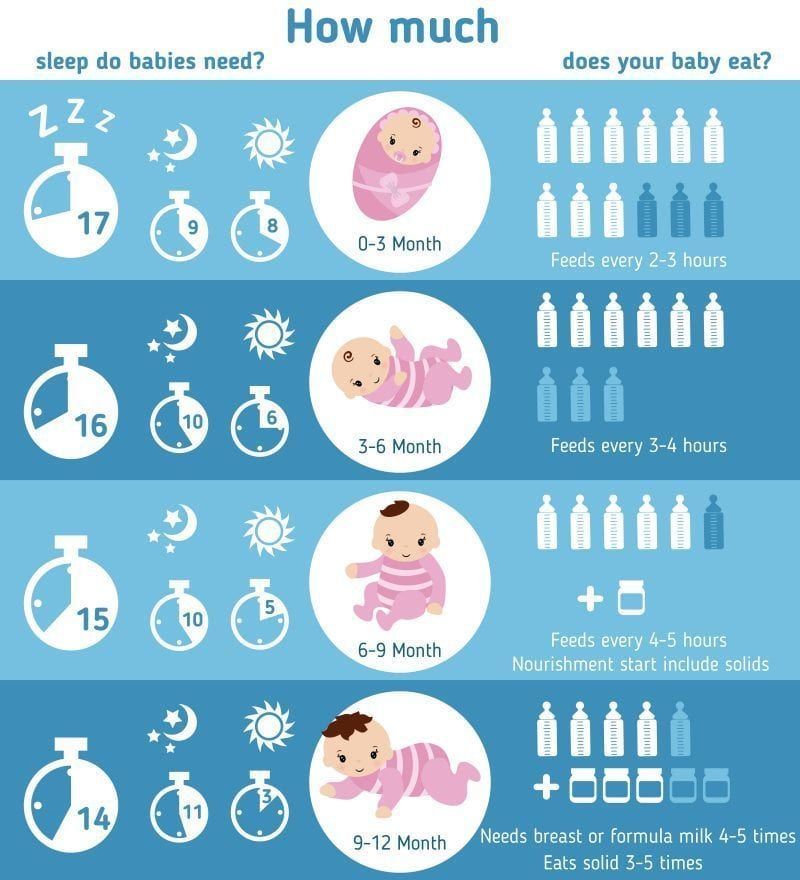 Newborns often have days or even weeks when they are very sleepy and find it difficult to stay awake. Your baby has to adjust to life outside the womb, and that adjustment can be exhausting." nine0003
Newborns often have days or even weeks when they are very sleepy and find it difficult to stay awake. Your baby has to adjust to life outside the womb, and that adjustment can be exhausting." nine0003
Not to mention, babies are biologically designed to sleep at the breast, as Grey-Simmons explains. Considering the composition of breast milk, the hormonal responses of infants to breastfeeding, there is definitely a link between breastfeeding and infant sleep patterns. "Knowing that it's okay to see your baby fall asleep while you're breastfeeding gives many newborn moms a sense of comfort," Gray-Simmons says. Sleeping on the chest is considered a healthy sign that the baby is full and satisfied, this condition is often called "milk coma". nine0003
How to keep your baby awake while breastfeeding
While it's very valuable to watch your baby try to breastfeed while struggling with sleep, chances are you want to keep him awake to make sure he's feeding enough.
The first tip is to undress the child. Often, during a consultation, a mother complains about a sleepy baby, which she cannot attach to her breast, and the baby is wearing a hat, mittens, T-shirt, pajamas, and he is also swaddled. Even in an adult, a cozy shelter under a pile of blankets causes drowsiness, about the same thing happens with a baby. nine0003
Often, during a consultation, a mother complains about a sleepy baby, which she cannot attach to her breast, and the baby is wearing a hat, mittens, T-shirt, pajamas, and he is also swaddled. Even in an adult, a cozy shelter under a pile of blankets causes drowsiness, about the same thing happens with a baby. nine0003
The child needs as much skin-to-skin contact as possible, you can rub your ears or feet, change position, hold a column, wipe with a damp cloth or towel, feed in a well-lit place. Do breast massage so that milk flows more evenly.
You also need to make sure you don't take drowsiness as a sign that your baby is full, even if your baby falls asleep but remains attached to the breast. If you do this, it may cause your baby to put on too little weight and your milk supply to decrease. "Some babies who find it difficult to suckle effectively early in life tend to sleep while breastfeeding, even if they aren't getting enough milk." “These babies often get tired of suckling and fall asleep. They may also stop suckling in desperation because they cannot get milk and fall asleep instead. This may be due to oral restrictions such as short frenulum, high palate, shallow grip." nine0003
They may also stop suckling in desperation because they cannot get milk and fall asleep instead. This may be due to oral restrictions such as short frenulum, high palate, shallow grip." nine0003
And while it's perfectly normal for a baby to doze off while breastfeeding in most cases, O'Connor says it's important to keep a close eye on breastfed newborns to make sure they don't fall asleep because they're tired or not getting enough milk. “If there is a problem such as a tight frenulum, low milk supply or premature labor, you need to contact a professional who can assess the situation.” nine0003
Also, make sure you pay attention to signs that your child is full or still hungry. “Watch your child, not the clock,” Gray-Simmons says. “Some babies are just very efficient at breastfeeding and may feel full in as little as five minutes, and another baby may suckle for 20 minutes and still not feel full.” Some examples of satiety signals include open and relaxed hands, while tight fists and a tense face are a sign that the baby is still hungry. nine0003
nine0003
In general, "in most cases, babies fall asleep after they have had enough milk and their suckling needs have been met."
And mom needs super-strong coffee and friends for this))
Source: romper, 2018
Translation: Churikova Larisa
Image by Freepik
Baby falls asleep while feeding and is malnourished, what should I do?
Babies, after birth, sleep an average of 15-19h per day. Falling asleep occurs on the hands, in the crib, in the stroller or in the process of feeding. Mom is alarmed, because the child does not really eat and is constantly hungry. She walks around his bed with the question that is spinning in her head "to wake up or not to wake up to feed?". What to do if the baby falls asleep during feeding, should I wake the baby to finish feeding? Let's figure it out together.
Why can my baby fall asleep while feeding?
The main reason for falling asleep on the chest is fatigue. Especially in the postpartum period. For the mother, this process was difficult, the child was also tired, he spent a lot of strength and energy at birth and is trying to recover during sleep. nine0003
Especially in the postpartum period. For the mother, this process was difficult, the child was also tired, he spent a lot of strength and energy at birth and is trying to recover during sleep. nine0003
In addition, suckling is not an easy process, it takes a lot of work to get milk from the mother's breast. As a result, the desire to sleep wins, and the child falls asleep without even finishing the meal to the end.
In addition to fatigue from birth and sucking, several more reasons can be identified:
- The child is full. Most often, this reason occurs in a situation where the baby is fed on demand, and for each squeak they give a breast. The kid simply does not have time to get hungry, since the intervals between meals are short and he does not need to eat a lot and longer than usual. nine0062
- Obstructed flow of milk from the breast . When a mother has good ducts, milk flows without much effort, the child does not spend much effort to get it.
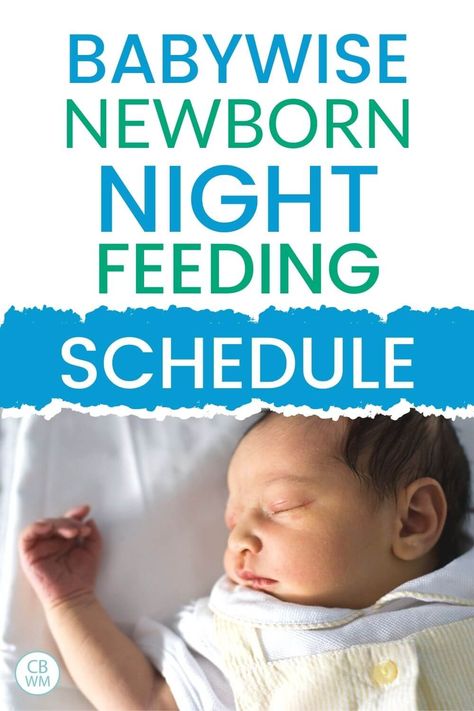 He eats enough and falls asleep. And in this situation, mom does not have to worry at all. But there is another side, when the ducts are clogged or the mother is very nervous, she begins to produce a stress hormone, which complicates the process of getting milk for the baby. It certainly exists, but getting it for a child turns out to be overwhelming work. As a result, the child falls asleep because he is tired. nine0062
He eats enough and falls asleep. And in this situation, mom does not have to worry at all. But there is another side, when the ducts are clogged or the mother is very nervous, she begins to produce a stress hormone, which complicates the process of getting milk for the baby. It certainly exists, but getting it for a child turns out to be overwhelming work. As a result, the child falls asleep because he is tired. nine0062 - Undeveloped sucking reflex. Most often, this problem is faced by babies who were born prematurely. Literally after a couple of weeks of training, the situation with the facial muscles stabilizes, and the baby begins to actively suckle the breast.
- The newborn does not latch on to the nipple correctly. As a result, the baby chews more on the mother's breast, in an attempt to properly grasp the nipple. Nothing works out for him, the baby gets tired and falls asleep faster to regain strength. nine0062
- Physical discomfort.
 The child does not feel well, hence he may be inactive, and his well-being may also affect his appetite.
The child does not feel well, hence he may be inactive, and his well-being may also affect his appetite.
What can I do to keep my baby from falling asleep while feeding?
If the baby sucks for 3-5 minutes, falls asleep for a short time, wakes up and needs more supplements, the mother needs to adjust her diet and make sure that the baby does not fall asleep during feeding, but eats fully. There are several proven ways to keep your baby awake while breastfeeding:
- Talk to the baby, show him a bright or loud toy, touch different parts of the body, run your hand over the heels, shake the handle, kiss the baby on different parts of the body.
- As soon as the sucking intensity decreases and the baby has eaten very little, gradually remove the baby's nipple from the mouth. If he is hungry, he will start suckling again. The same must be done with the bottle, it can still be twisted.
- Change position or start moving if the baby is in your arms in the cradle position.
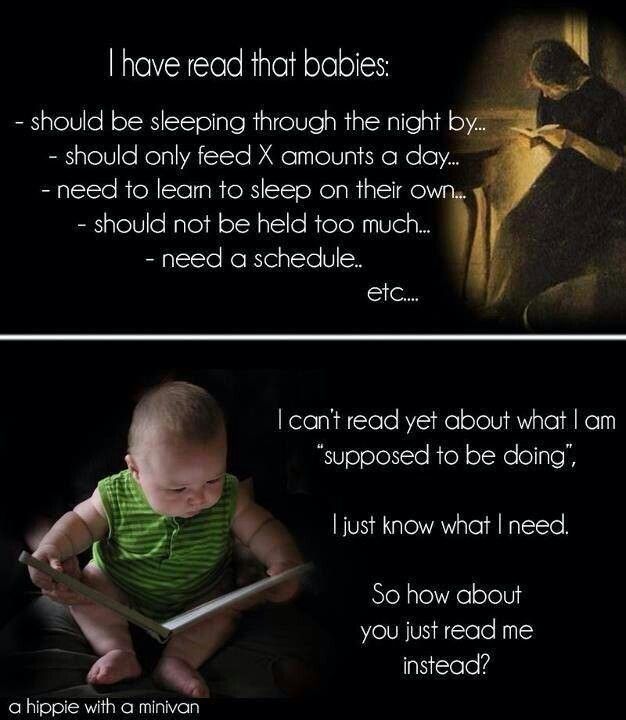 Shift the baby to the bed, offer the breast while lying down, so you will shake him a little and remove the focus from sleep. nine0062
Shift the baby to the bed, offer the breast while lying down, so you will shake him a little and remove the focus from sleep. nine0062 - If the room is warm, stop feeding and undress the baby. This will take his attention away from sleep.
- Feed your newborn on time. Infants aged 0-6 months can withstand a feeding interval of 1.5-2 hours. Make sure that the child literally “works up” an appetite.
- Focus on sucking intensity and time. If the baby was born prematurely, he can eat longer, as he has little strength and weak sucking muscles. The duration of feeding in such children can vary within 15-20 minutes. If the baby is born on time, then feeding takes 7-10 minutes. nine0062
- Try to alternate ways of bedtime and do not teach your child to eat before going to bed. Offer to lay your chest in one position, fall asleep in your arms in the other, fall asleep to a lullaby and light swaying in the next. Introduce air sleep in a stroller.
To wake up or not to wake up?
It is worth waking up the baby for feeding when he refuses to eat with his eyes closed. That is, the mother offers the child sleepy feeding, in which he does not eat. In this case, it is worth creating conditions for a soft awakening and offering breasts. nine0003
That is, the mother offers the child sleepy feeding, in which he does not eat. In this case, it is worth creating conditions for a soft awakening and offering breasts. nine0003
It is also necessary to wake up for feeding when the child is not gaining weight well or after 2-3 sucking movements immediately falls asleep.
You should not wake up the baby if he actively sucks at the mother's breast for at least 7 minutes, the baby ate the day before before bedtime, he has no problems with weight gain. In addition, if a child is sick, he should not be woken up for feeding, since sleep during illness is needed more than food. Since the child is fully restored when he sleeps.
Is it necessary to hold a sleeping baby in a column
Spitting up is a fairly common situation that occurs with babies. For babies who are in a horizontal position, this can be dangerous. He may choke and die. The baby burps for several reasons:
- During feeding, the baby swallows air.


